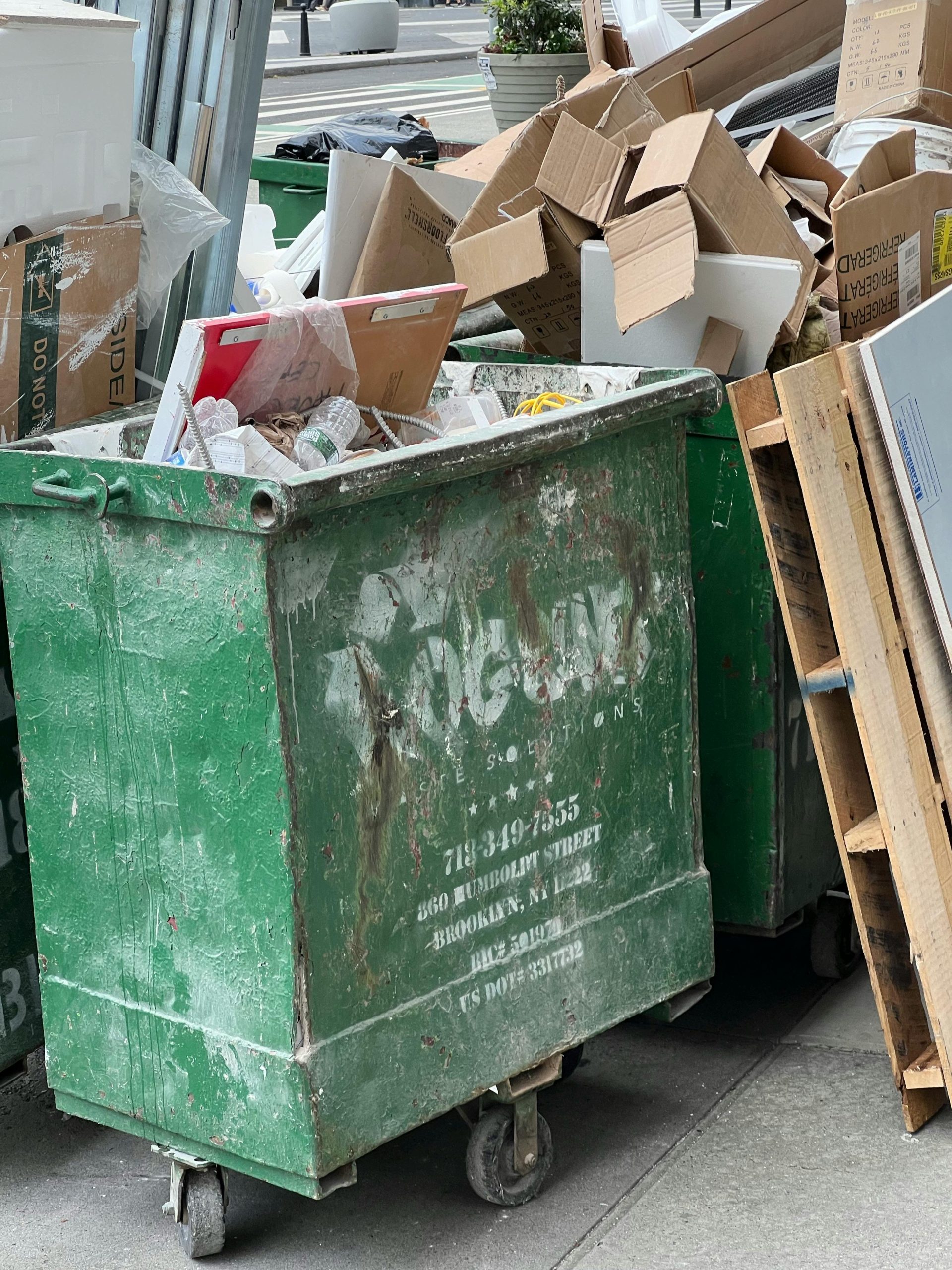The Growing Issue of Smartphone Noise Pollution in Public Spaces
In today’s increasingly connected world, smartphones have become an integral part of our daily lives. While they offer unparalleled convenience and access to information, they also contribute to a rising problem: noise pollution in public spaces. As more individuals use their devices without consideration for those around them, questions arise about social etiquette, public decency, and personal responsibility.
The Impact of Smartphone Noise in Urban Environments
Urban areas are inherently noisy, characterized by sirens, traffic, and bustling crowds. Residents and visitors expect a certain level of audibility from their surroundings. However, the proliferation of loud smartphone usage—such as conversations on speakerphone, loud music, or video playback—has begun to alter the ambiance of public spaces. This form of noise pollution can be disruptive, intrusive, and even stressful for others trying to enjoy a moment of calm or focus.
The Social Dilemma: When Courtesy Meets Self-Interest
Many individuals recognize the problem but struggle to address it. Conventional wisdom suggests that those who use their phones without headphones are being inconsiderate. Yet, expectations around acceptable behavior vary across cultures and regions. In some places, loud phone conversations are commonplace, while in others, they are frowned upon and considered impolite.
The challenge often lies in confrontation. Attempts to politely request someone to lower their volume or use headphones have, at times, been met with hostility or threats. This reluctance to engage indicates a broader societal issue: a lack of mutual respect and hospitality in shared spaces.
Global Perspectives on Public Noise Etiquette
Travel experiences reveal diverse attitudes toward smartphone noise. For example, in countries like Turkey and regions within the Balkans, loud public phone usage is often normalized. Conversely, in many Western countries, there is a growing emphasis on personal responsibility and respect for others in shared environments. Nonetheless, regardless of location, the need for considerate behavior remains universally relevant.
Reflecting on Personal Responsibility
While we cannot control the actions of everyone around us, individual accountability is crucial. Using headphones when engaging in phone conversations or listening to media can significantly reduce noise pollution. Moreover, raising awareness about the impact of disruptive behaviors and fostering a culture of respect can help restore civility in public spaces.
Conclusion
Smartphone noise pollution is more than a minor annoyance; it is transforming how we experience and share public environments. As technology continues to evolve and integrate into daily life, it is essential for each of us to reflect


As a London resident, I believe fostering a culture of mutual respect in our bustling city is essential to maintaining the vibrancy and civility of our public spaces.
London’s diverse population means our social norms around noise can vary widely, but we all share the responsibility to ensure public spaces remain welcoming for everyone. Here are some thoughts on how we can collectively address smartphone noise pollution:
Ultimately, fostering a culture of consideration is key. As commuters, residents, and visitors, we each have a role in ensuring that our shared spaces remain comfortable and inviting for all. A little mindfulness goes a long way in preserving the serenity amidst London’s vibrant energy.